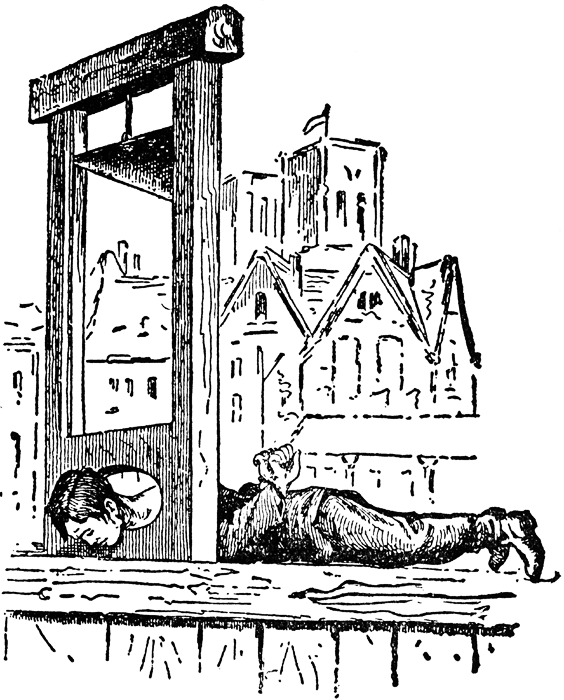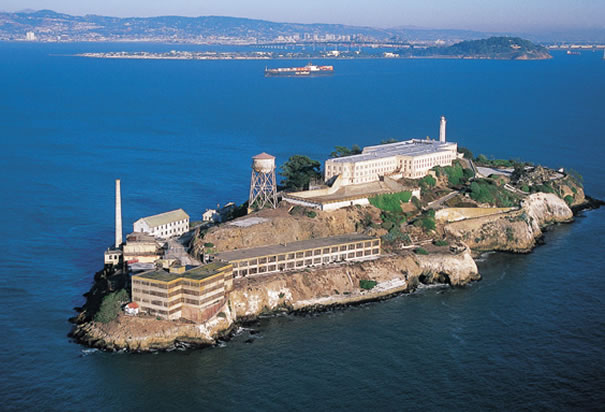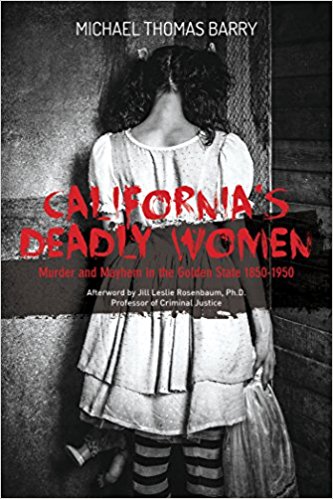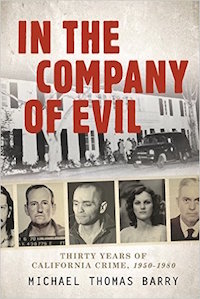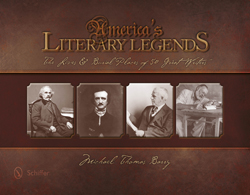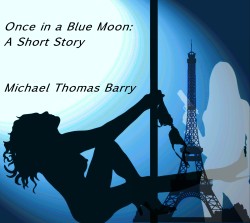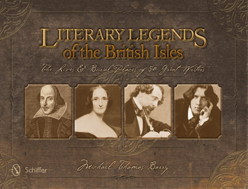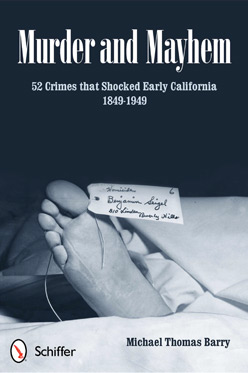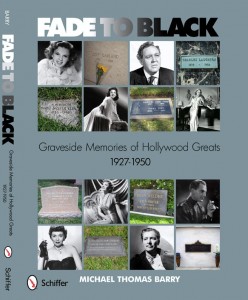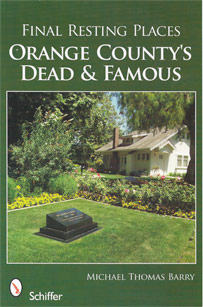03.29

On March 29, 1971, Lt. William L. Calley is found guilty of premeditated murder by a U.S. Army court-martial at Fort Benning, Georgia. Calley, a platoon leader, had led his men in a massacre of 200 Vietnamese civilians at My Lai, including women and children on March 16, 1968. My Lai 4, was a cluster of hamlets in Quang Ngai Province of Vietnam. The unit had been conducting a search-and-destroy mission to locate local Viet Cong forces. The unit entered Son My village but found only women, children, and elderly. Frustrated by recent casualties, the U.S. soldiers took out their anger on the villagers, indiscriminately shooting people as they ran from their huts. The soldiers rounded up the survivors and led them to a nearby ditch where they were shot. During the trial, Chief Army prosecutor Capt. Aubrey Daniel charged that Calley ordered Sgt. Daniel Mitchell to “finish off the rest” of the villagers. The prosecution stressed that all the killings were committed despite the fact that Calley’s platoon had met no resistance and that he and his men had not been fired upon. Initially, the massacre was covered up but came to light one year later. An Army board of inquiry, headed by Lt. Gen. William Peers, investigated the massacre and produced a list of 30 people who knew of the atrocity, but only 14 were charged with crimes. All eventually had their charges dismissed or were acquitted with the exception of Calley, who was found guilty of personally murdering 22, and sentenced to life imprisonment. His sentence was reduced to 20 years by the Court of Military Appeals and further reduced later to 10 years by the Secretary of the Army. Proclaimed by much of the public as a “scapegoat,” Calley was paroled in 1974 after having served about a third of his 10-year sentence.
Michael Thomas Barry is a columnist for www.crimemagazine.com and is the author of numerous books that include the award winning, Murder and Mayhem 52 Crimes that Shocked Early California, 1849-1949 (2012, Schiffer Publishing). The WINNER of the 2012 International Book Awards and a FINALIST in the 2012 Indie Excellence Book Awards for True Crime.

